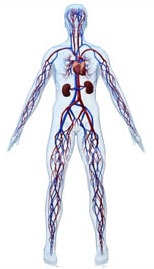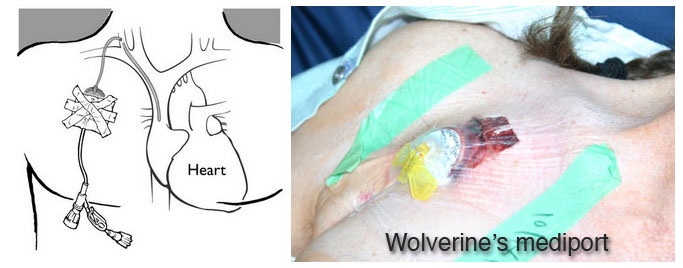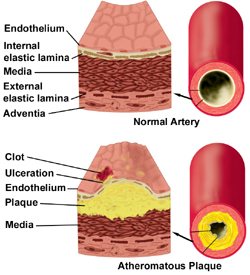The Truth About Soy
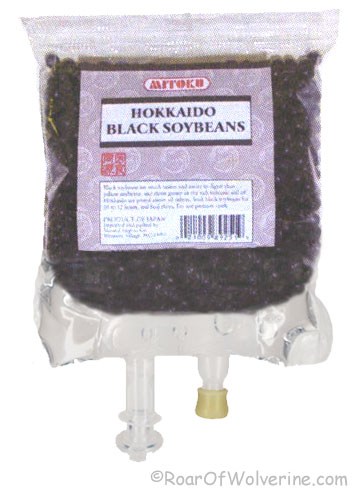 Unless you’ve been living in a cave, you have probably heard the debates surrounding the health risks or benefits of soybean. There are some people who believe that soy is a superfood, containing components that lend protection from heart disease and cancer; and then there are others who consider soy one of the most dangerous products in our food supply. The fats from soybean are a polyunsaturated fat, so it considered to be extremely “heart healthy” by doctors, nutritionists and the media. The media and nutritionists are entirely convinced of the mythical properties of soy, but as far as doctors are concerned, I’ve witnessed a bit of a double standard.
Unless you’ve been living in a cave, you have probably heard the debates surrounding the health risks or benefits of soybean. There are some people who believe that soy is a superfood, containing components that lend protection from heart disease and cancer; and then there are others who consider soy one of the most dangerous products in our food supply. The fats from soybean are a polyunsaturated fat, so it considered to be extremely “heart healthy” by doctors, nutritionists and the media. The media and nutritionists are entirely convinced of the mythical properties of soy, but as far as doctors are concerned, I’ve witnessed a bit of a double standard.
It is my hope to shed a little new light on this debate, based on my experience with the potential damage associated with soybeans. After losing my intestines, I was kept alive on infusions of TPN (Total Parenteral Nutrition). TPN contains carbohydrates (dextrose) and protein (amino acids), but it is missing one essential macronutrient — fat. To cover this problem, the doctors infused lipids every other day with the TPN. Here in the U.S., hospitals use a liquid fat made from soybeans called “intralipid”. Yet, the doctors all knew and warned me that prolong infusion of these lipids would ultimately cause cirrhosis of the liver, leading to its failure. Parenteral Nutrition-Associated Liver Disease (PNALD), is the name given to this syndrome. The mechanism by which the soy lipids destroy the liver is yet unknown, but it is known that until they can find a suitable replacement for soy, many more livers will die. [PubMed abstract]
At the time I was placed on these infusions, we didn’t know that intestinal transplants existed, so my wife and I were extremely concerned. I was basically given two possible scenarios that would eventually end my life. One would be the loss of access because of the damage to the arteries by the TPN [article here]. At that point, I would starve to death. The second one was when my liver would give out due to the soy lipids, which doctors estimated could take about 2 years.
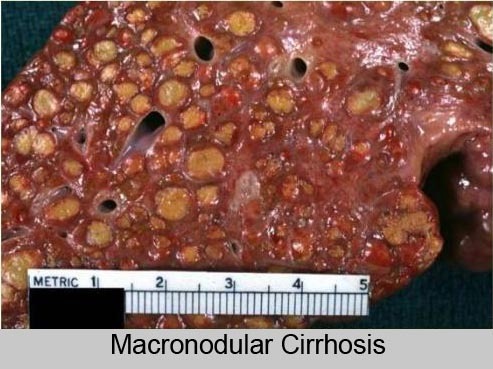 Fortunately for me, I received my transplant before any permanent damage was sustained by my liver, but a woman who I met in Jackson Memorial Hospital was not so lucky. This woman had lost her intestines due to a blood clot in her mesenteric artery, cutting off the blood flow to the bowels. The thrombosis was caused by a faulty gastric bypass surgery she underwent sometime earlier. (A side point I’d like to cover; I was told by the transplant staff at Jackson Memorial that the number one cause of people losing their intestines and needing transplants are as a result of gastric bypass surgery, so if you’re considering that procedure, you might want to give some consideration concerning its safety). At the time we met this woman, her skin and eyes were golden-yellow from cirrhosis. The damage was caused by the intralipid she was receiving while waiting for a transplant. The scary part was that she had only been on TPN the same amount of time I had been (about six months). The exception was that her doctors had infused the lipids everyday, whereas I only received them every other day. I guess that made the difference.
Fortunately for me, I received my transplant before any permanent damage was sustained by my liver, but a woman who I met in Jackson Memorial Hospital was not so lucky. This woman had lost her intestines due to a blood clot in her mesenteric artery, cutting off the blood flow to the bowels. The thrombosis was caused by a faulty gastric bypass surgery she underwent sometime earlier. (A side point I’d like to cover; I was told by the transplant staff at Jackson Memorial that the number one cause of people losing their intestines and needing transplants are as a result of gastric bypass surgery, so if you’re considering that procedure, you might want to give some consideration concerning its safety). At the time we met this woman, her skin and eyes were golden-yellow from cirrhosis. The damage was caused by the intralipid she was receiving while waiting for a transplant. The scary part was that she had only been on TPN the same amount of time I had been (about six months). The exception was that her doctors had infused the lipids everyday, whereas I only received them every other day. I guess that made the difference.
Because her liver had been destroyed, she was now in need of a multivisceral (multi organ) transplant. She ultimately had every organ replaced in her digestive tract from the stomach to the rectum — seven organs in all. She received a new stomach, pancreas, spleen, liver, duodenum, small and large intestines. She is still doing quite well, amazingly. The reason I’m covering her story is because she had conducted the same research we had and learned about another type of lipid infusion that’s used in Europe. Doctors in the E.U. are able to use a lipid made from fish oil called “Omegaven”. Omegaven has not only been shown to cause no damage to the liver of TPN patients, but has been clinically proven to actually reverse the damage sustained by the use of the soy oil.
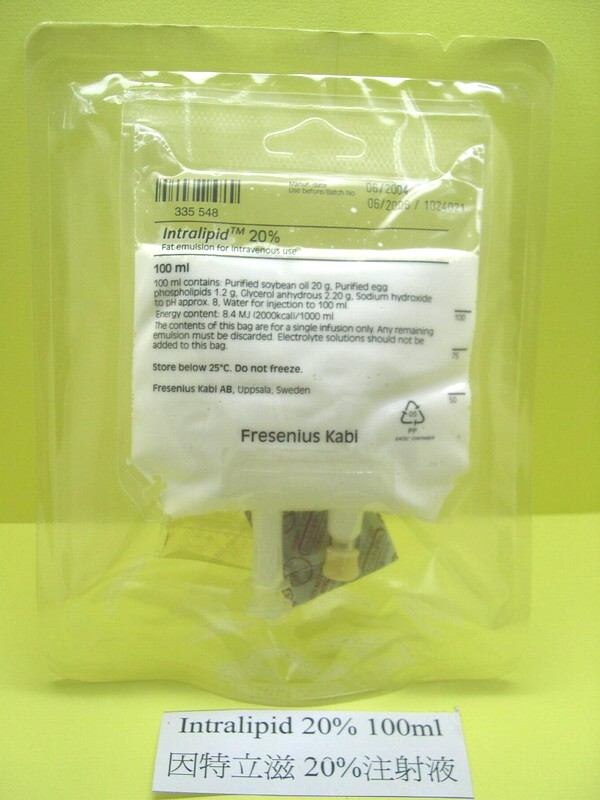 Soy lipids contain a very high amount of linoleic acid, which is an essential omega 6 fatty acid, but is extremely inflammatory. Fish oils contain a percentage of omega 3 fatty acids which are very anti-inflammatory. Humans need a balance of these fatty acids to offset the damage. If you consume a lot of soy products, you are not getting a proper balance of fatty acids, which can lead to a lot of inflammation, including heart disease. Unfortunately for vegans, animal products are the only reliable source of the proper omega 3 fatty acids.
Soy lipids contain a very high amount of linoleic acid, which is an essential omega 6 fatty acid, but is extremely inflammatory. Fish oils contain a percentage of omega 3 fatty acids which are very anti-inflammatory. Humans need a balance of these fatty acids to offset the damage. If you consume a lot of soy products, you are not getting a proper balance of fatty acids, which can lead to a lot of inflammation, including heart disease. Unfortunately for vegans, animal products are the only reliable source of the proper omega 3 fatty acids.
Our research revealed one unbelievable fact — the FDA does not allow the use of Omegaven in the United States! There is only one exception to this ban. When children on TPN have already taken liver damage due to the soy based oil, the FDA will permit the infusion of Omegaven. Many doctors that we spoke to admitted that they had seen remarkable results on these children. Adults cannot get Omegaven, no matter how much liver damage they have sustained from the soy. What in the hell is the politics behind this bullshit is still a mystery. Could the soy lobby actually have that much influence over the FDA that they are willing to let people die of cirrhosis, including children? It would seem so, beings I cannot think of any other reason. Any doctor caught infusing Omegaven in the U.S. put their license at risk.
There’s absolutely no way they have to do further studies on the effects of using fish oil. People have been consuming fish oil for millions of years and it has a wonderful track-record in Europe as an infused lipid. If the FDA would continue to push the use of soy lipids, which is proven to cause liver damage in TPN patients, then how can we believe any of the other claimed health benefits of soy? Soy oil is used in so many processed foods and cooking oils.
Crisco is pure soy oil and many fast food restaurants fry their potatoes, chicken nuggets and fish patties in soy oils. Could it be the french fries and not the burger that makes fast food so unhealthy?
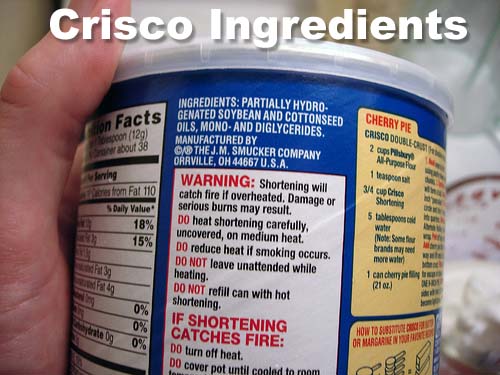
This woman had begun petitioning the government to allow the use of Omegaven as soon as her liver began to fail and was met with nothing but resistance. My wife and I had petitioned the pharmacist at the Hospital in Orlando about getting Omegaven mixed with my TPN to preserve my liver until I could get a transplant. The pharmacist knew of Omegaven and had administered it to children in the Arnold Palmer Children’s Hospital in Orlando and testified to the near miraculous results. He had seen children rebound from late stage cirrhosis to near perfect liver enzymes, but he told us that he could lose his license and face possible imprisonment if he gave it to me.
Do you still trust your FDA? If so, please leave a comment on this post explaining the reason for them to ban this proven nutrient. I now avoid soy at all costs. I will never knowingly eat this crap as long as I might live. The part that burns my ass more is that doctors know that these soy lipids destroy the liver and yet still recommend soy-based foods and claim them as “healthy”. Like I said in the “The Effect Of Sugar On The Arteries”, they’re either fucking morons or they want us to get sick. And don’t give me that shit about the Asians eating soy and being so healthy and having extreme longevity, because the Asians have historically only consumed soy that was fermented (Miso, Tempeh, Natto and Soy Sauce) and only in small quantities (about 2 teaspoons) as a condiment. Fermentation destroys many of the anti-nutrients contained in soy, such as phytic acid and lectins. No culture has ever consumed unfermented soy in the mass quantities that we consume presently. Why? Because soy is cheap, government subsidized and pushed by the USDA.
In the last few decades, the U.S. has seen a substantial rise in cases of NASH (Non-Alcoholic SteatolHepatitis), which causes cirrhosis that was only seen historically in alcoholics. People who have never had a drop of alcohol in their life are coming down with this disease. Could the mass consumption of unfermented soy products be a contributing factor to this sudden rise? It would seem likely, based on the effect of intralipids. How could soy be such a healthy and wonderful food to eat, but is so unhealthy when infused that it can destroy that woman’s liver within six months? Funny how the two cheapest commodities in the food supply — soy and wheat, are claimed to be the most healthy. Where else in life is something that’s the least expensive also be the most desired? Nowhere! It’s because these products are so cheap, subsidized and have extend shelf-life that they are used as filler in everything, not because they’re healthy. That’s just how they’re advertised to the gullible.
